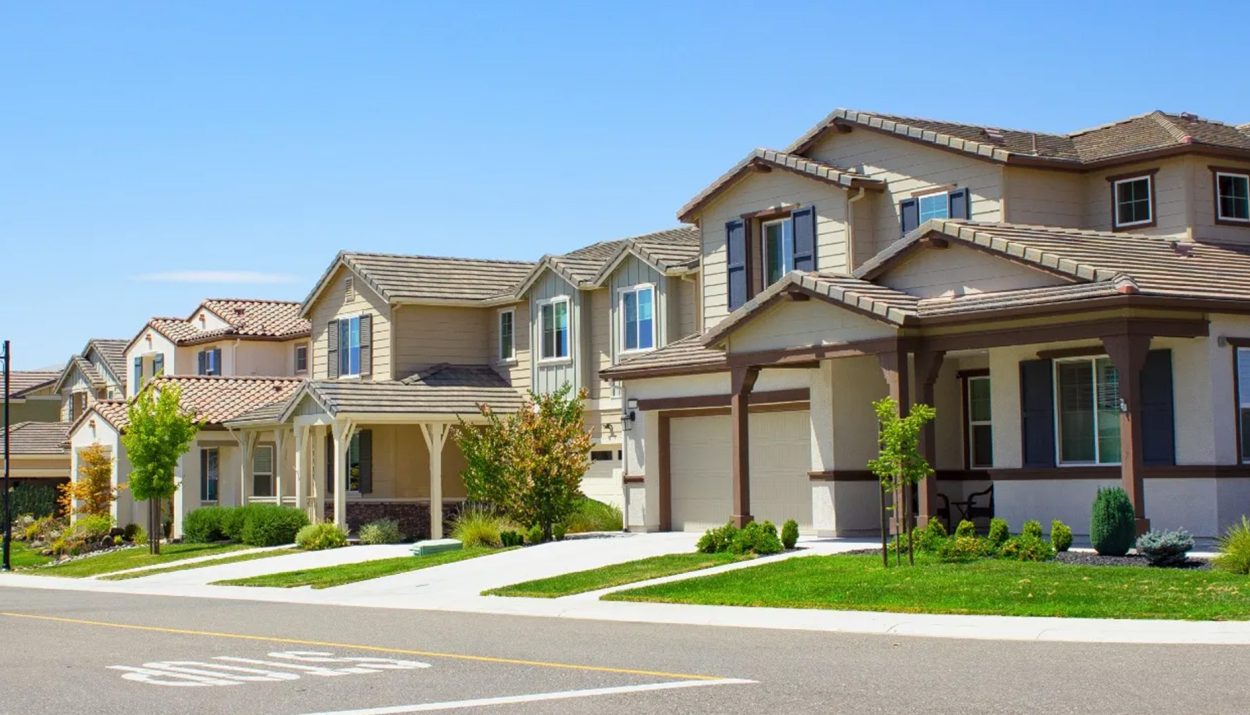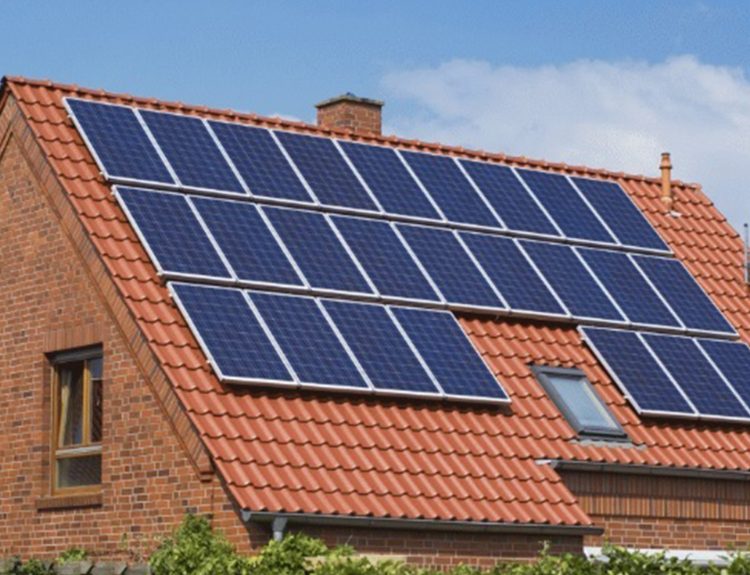Home foreclosures are back on the rise nationwide, leaving some states much harder hit than others. A new report from real estate data provider ATTOM reveals that foreclosure activity jumped 8% in February 2022 compared to the previous year.
While the number of completed foreclosures dropped in 28 states, the data shows distress concentrated in a handful of areas.
The Sunshine State Feels the Heat
Florida had the highest foreclosure rate for the second month in a row. One in every 1,359 housing units had a foreclosure filing.

The state legislature recently approved property tax relief for homeowners, but experts say it may not be enough.
Other Hotspots Emerge
Several other states also saw big jumps in foreclosures. In South Carolina, foreclosures rose 51% in February. Missouri wasn’t far behind, with a 50% increase, followed by Pennsylvania at 46%. Foreclosures also rose 7% in Texas and 0.8% in Indiana.
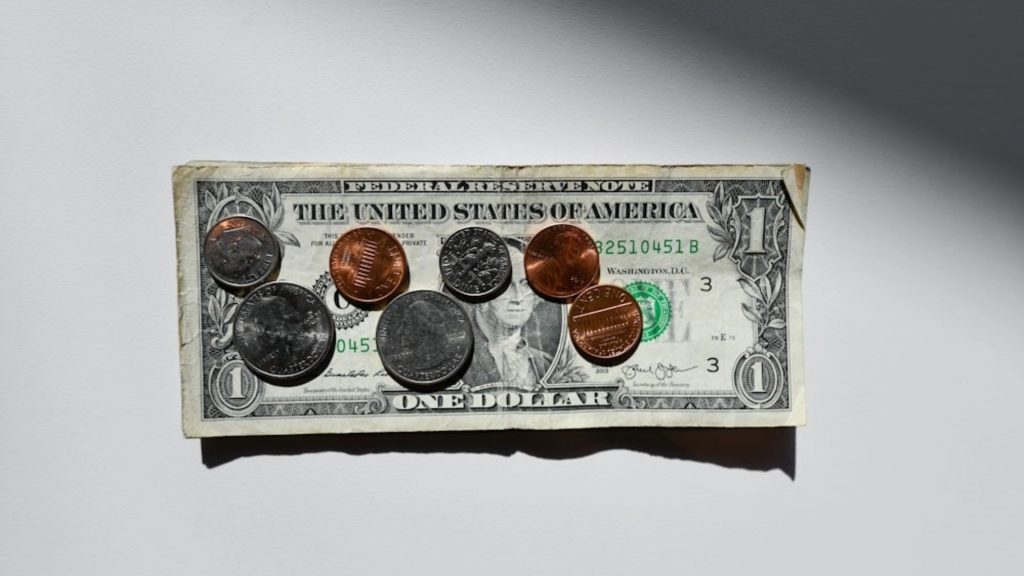
While foreclosures remain well below 2008 crisis levels nationally, problems are emerging in some areas. According to Zillow, housing affordability is at its lowest point in decades, with the median income required to buy a home rising 61% in just four years.
Why the Sudden Spike?
There are a few reasons affordability has declined, and foreclosures have risen. According to Freddie Mac, interest rates have increased substantially, with average 30-year mortgage rates rising to 6.74% this week. That’s nearly double the rates from three years ago.
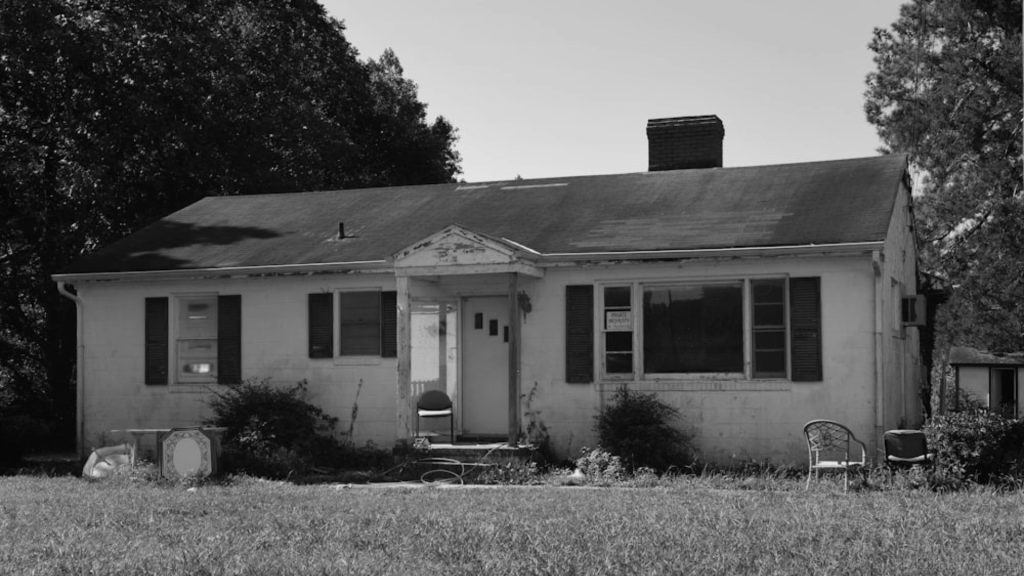
At the same time, home prices have stayed high due to low inventory. Homeowners who locked in low rates before the pandemic have been reluctant to sell, limiting options for buyers.
South Carolina
South Carolina had the biggest spike, with foreclosure filings surging 51% from February 2021. The state has seen a steady rise in foreclosures over the past year as its moratorium on evictions and foreclosures ended last spring.
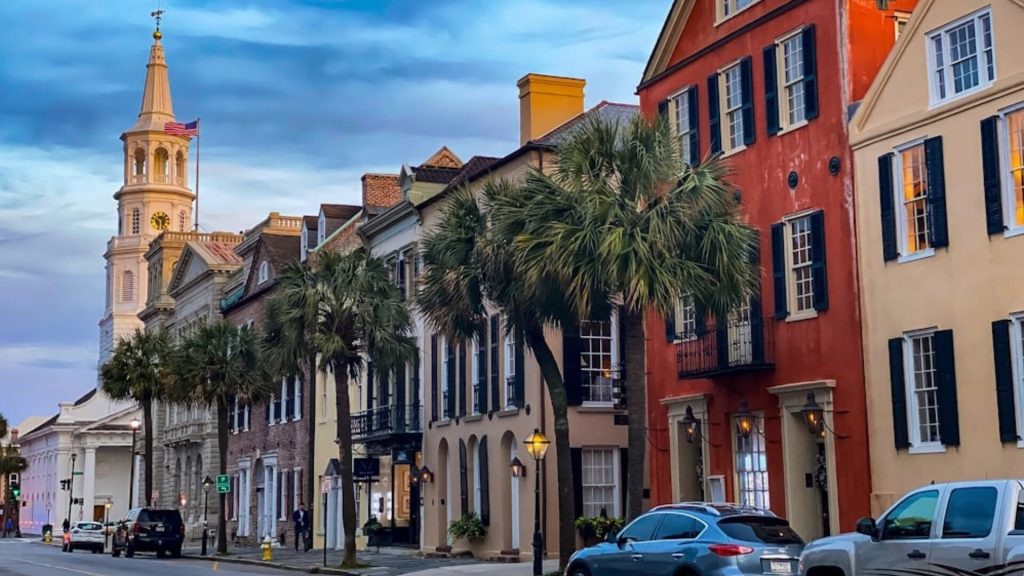
Home prices in South Carolina have also soared over 20% over the past year, pushing homeownership out of reach for many.
Missouri
Missouri came in second, with foreclosure filings jumping 50% from a year ago. Like South Carolina, Missouri’s foreclosure moratorium expired last year, allowing lenders to begin working through a backlog of delinquent homeowners.
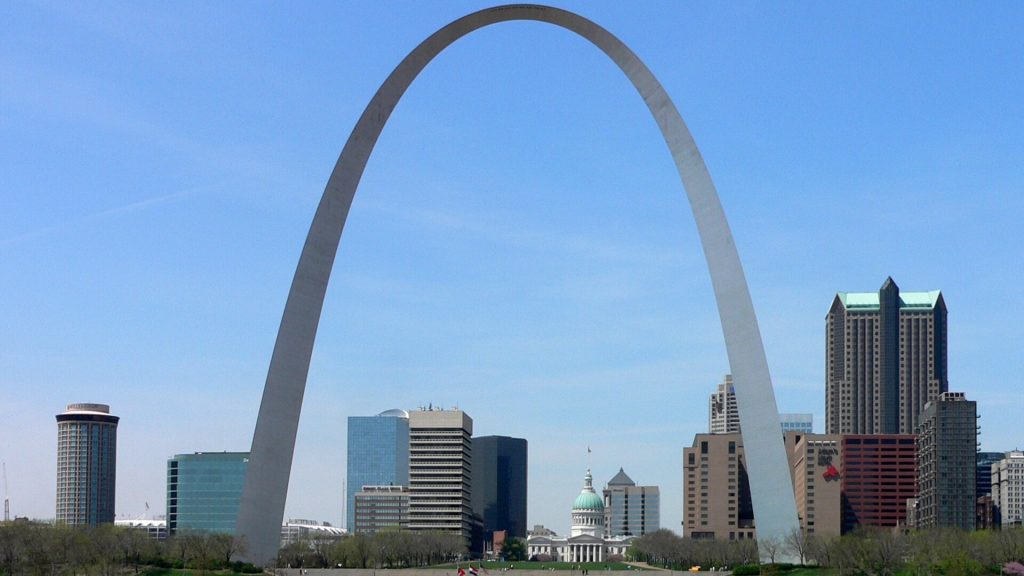
St. Louis and Kansas City have seen some of the biggest price spikes, with home values up 25-30% over the past year.
Pennsylvania
Pennsylvania saw a 46% rise in foreclosures, the third highest in the nation. Pennsylvania’s foreclosure moratorium ended in August 2020, and lenders have been catching up.
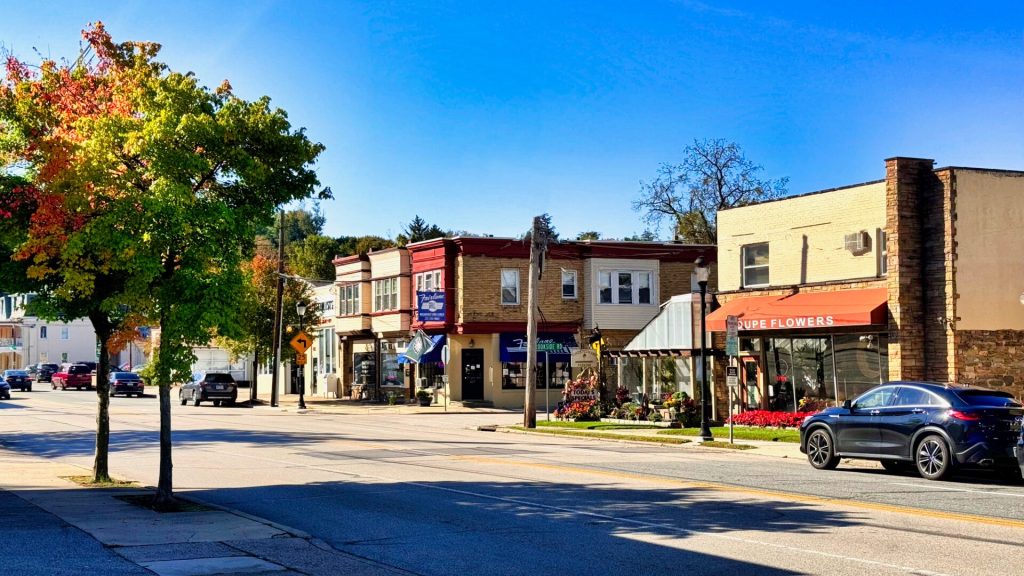
Home prices in Pennsylvania are up over 15% over the past year, straining affordability.
Texas
Foreclosures in Texas rose 7% in February, marking the fourth consecutive month of annual increases.
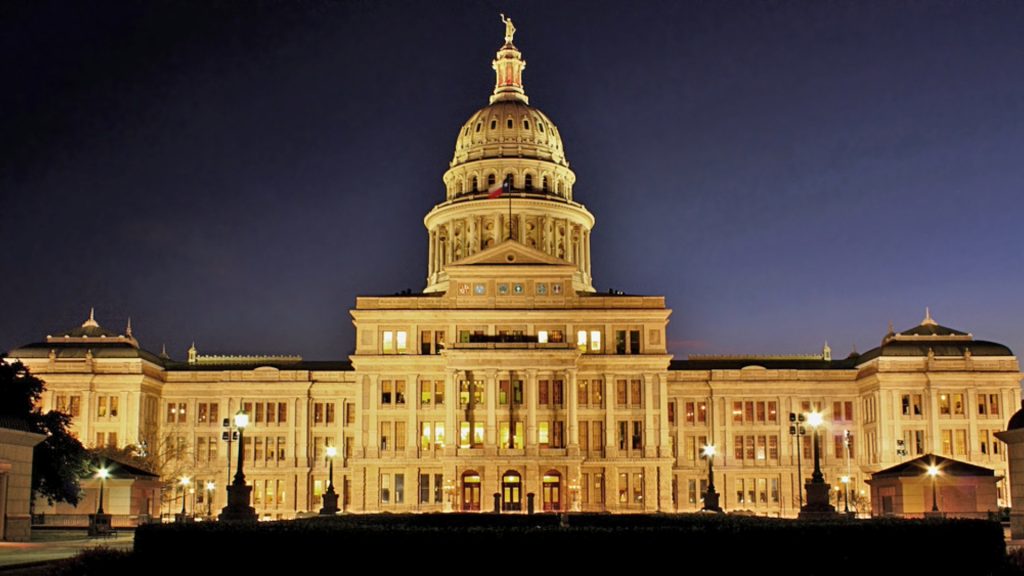
Home prices in Texas have climbed over 20% over the past year, and higher property taxes have added to homeowners’ financial burdens.
Indiana
Finally, Indiana saw a 0.8% increase in foreclosures, a modest rise that was still enough to round out the top five states.

Home prices in Indiana are up over 10% from a year ago, and mortgage rates have climbed significantly, impacting affordability for Hoosiers.
Aggressive Interest Rate Hikes Leading Fore Closures
The Federal Reserve aggressively hiked interest rates last year, sending mortgage rates above 8% for the first time in nearly 20 years.

Although rates have retreated slightly, the average 30-year fixed mortgage rate still stands at 6.74% – nearly double what it was just three years ago, Freddie Mac reported. The higher rates have eroded affordability and priced some buyers out of the market.
Stubbornly High Home Prices
Home prices have barely budged even as mortgage rates soared. That’s because there is a severe shortage of homes for sale.
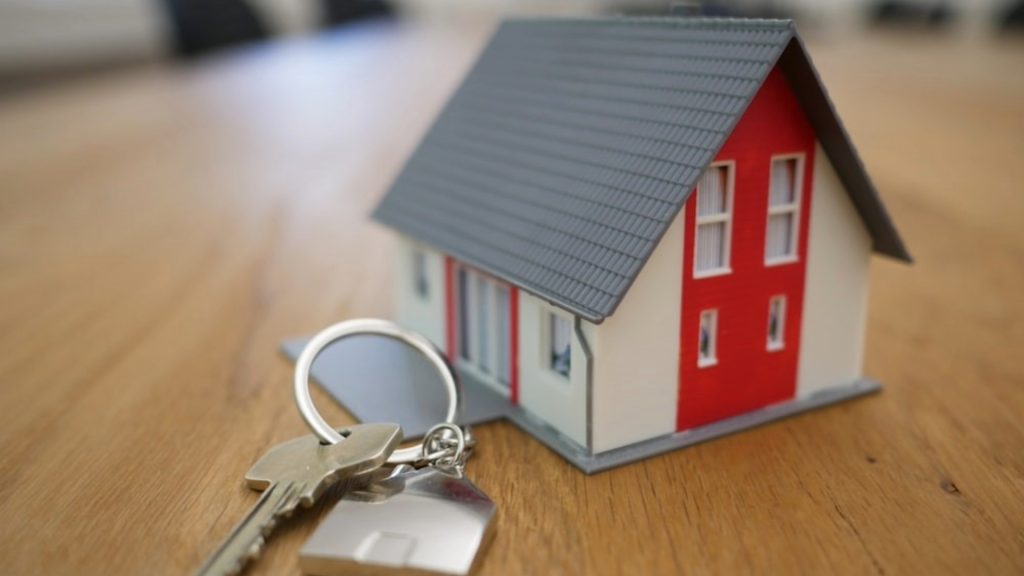
Sellers who locked in ultra-low mortgage rates during the pandemic have been reluctant to sell, limiting options for prospective buyers. The tight supply has allowed home prices to remain stubbornly high.
Cost of Living Squeeze Edging Homelessness
Rising costs for essentials like food, transportation, and utilities have squeezed household budgets, leaving little room for a mortgage payment.
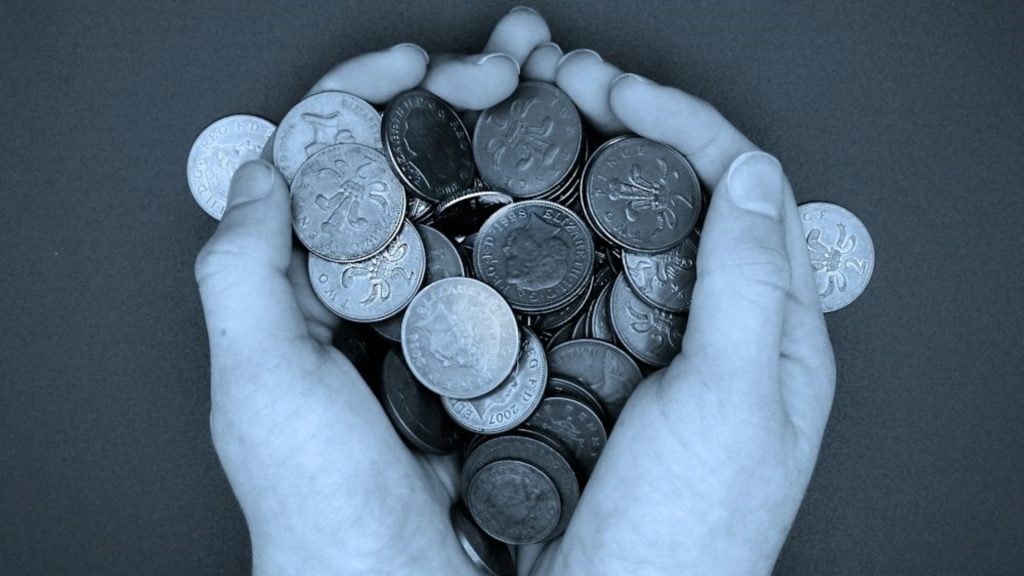
Inflation hit a 40-year high earlier this year, and consumer prices in April were 8.3% higher than a year ago. Wage growth has failed to keep up, intensifying the cost-of-living crisis for many.
The Feds Can Help with Easing Economic Downturns
Some relief may be on the horizon. Mortgage rates and home prices could moderate if the Fed eases up on rate hikes to avoid an economic downturn.
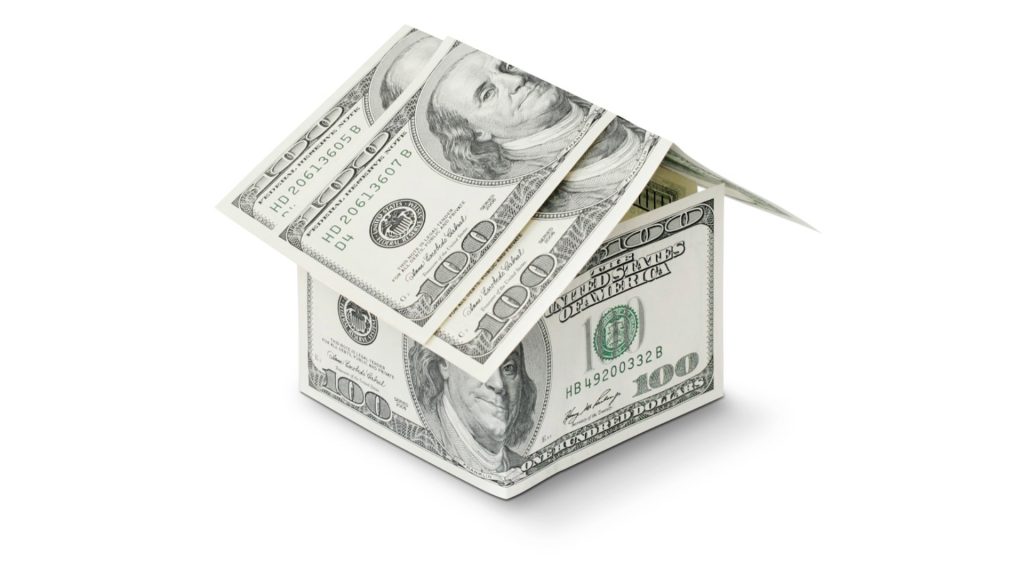
Any increase in the housing supply would also help. But for now, the harsh reality is that for a growing number of Americans, the financial challenge of affording a place to call home has become too great. Foreclosures are the unfortunate result.
Increased Mortgages Impact on the Housing Market
Sales of existing homes fell for the fifth straight month in April, and the supply of homes for sale rose slightly for the first time in three years.
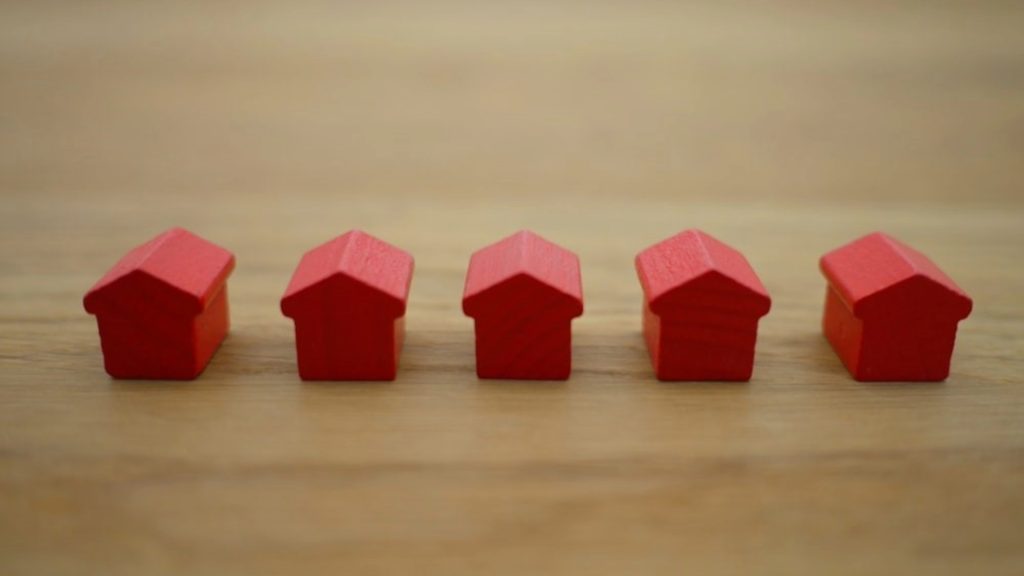
A slowdown in demand could eventually put downward pressure on prices, but the housing market remains tight for now.
Low Inventory Continues to Push Home Prices Up
The lack of homes for sale is the biggest driver of rising house prices nationwide. Sellers who locked in low-interest rates years ago hesitate to give up their mortgages, limiting the supply of available properties.
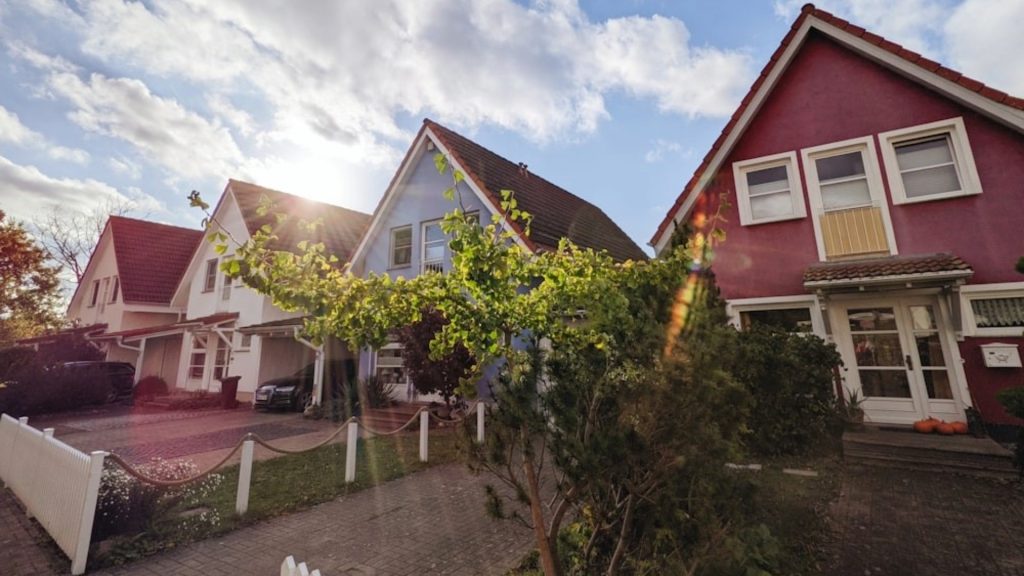
This inventory shortage is allowing sellers to demand top dollar for their homes. According to the National Association of Realtors, the inventory of available homes for sale in January was 1.6 million units, the lowest since 1999.

